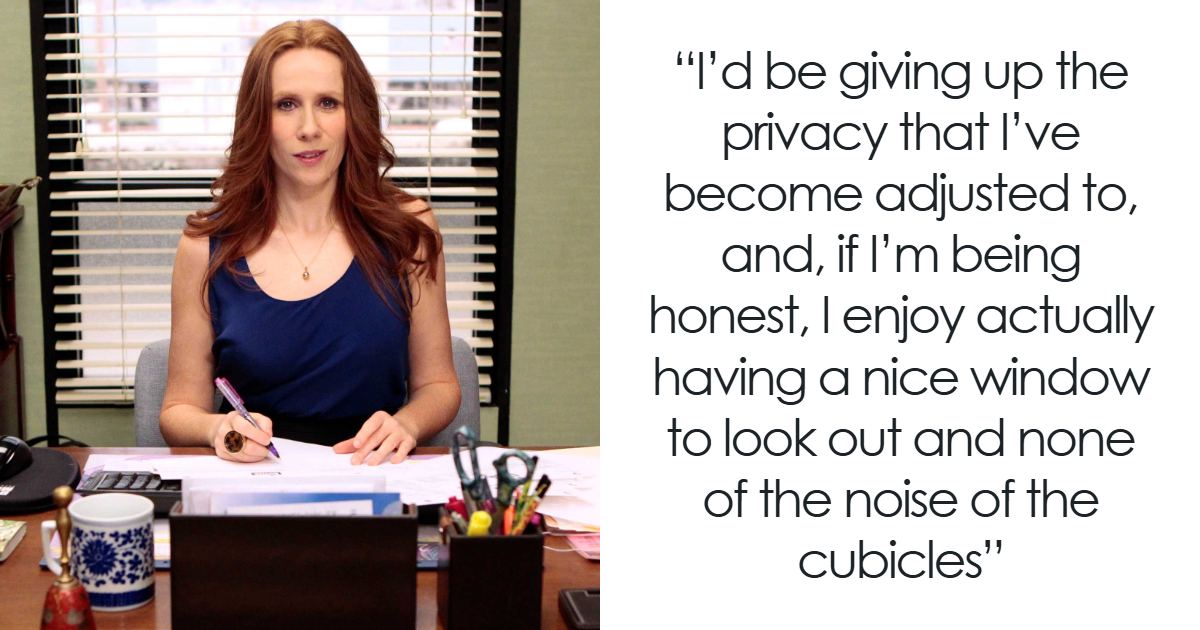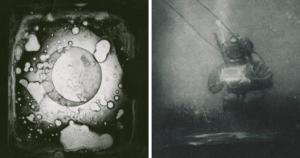ADVERTISEMENT
ADVERTISEMENT
If you’re wondering who laid the groundwork for the selfies of today, you can thank a guy called Robert Cornelius. In 1839, he took the first self-portrait using the daguerreotype process.
“He took the selfie outside his family’s Philadelphia gas lighting business,” explains How Stuff Works. “The photo is a part of the Library of Congress’ Marian S. Carson collection.”
And the rest, as they say, is history!
On August 28, 1884, near Howard, South Dakota, a local farmer and amateur photographer captured this incredible image, which is widely considered to be the oldest known photograph of a tornado. In an era of cumbersome and slow photographic equipment, managing to set up and successfully take a picture of such a fleeting and dangerous weather event was an astonishing and rare achievement.
This seemingly simple image of a haystack, captured in 1844, is a landmark in the history of publishing. It was one of the key photographs featured in William Henry Fox Talbot’s book, The Pencil of Nature. The publication was a groundbreaking achievement, as it was the very first book illustrated with photographic prints to be sold commercially to the public.
ADVERTISEMENT
French photographer Auguste Salzmann undertook a mission to Jerusalem with the specific goal of creating a photographic record of its ancient ruins. In 1854, he captured this detailed view of the Tomb of St. James in the Valley of Josaphat. The image was then published two years later as a salted paper print, showcasing how photography was becoming a vital new tool for archaeological documentation.
In a clever 1855 marketing campaign for their struggling new studio, the photographer Nadar and his brother hired the mime Charles Deburau for a series of expressive portraits. Deburau posed as the character Pierrot, a figure whose now-famous look of a white face and black skullcap was actually an invention of his father. This photograph, part of the “heads of expression” series, became an enormous popular success and helped launch the brothers’ careers.
ADVERTISEMENT
ADVERTISEMENT
Taken by Louis Daguerre himself in 1838, this view of a Paris street is famous for accidentally capturing the very first photograph of a human being. Because the daguerreotype process required an extremely long exposure time of around 10 minutes, all the bustling traffic of the Boulevard du Temple became an invisible blur. However, one man who stopped for a shoe shine remained still long enough to be etched into the image, a lone, ghostly figure who unknowingly became the first person ever photographed.
On April 2, 1845, French physicists Hippolyte Fizeau and Léon Foucault pointed a camera at our star and, using a then-blazing 1/60th of a second exposure, created the first detailed photograph of the sun. The resulting daguerreotype was a monumental achievement in scientific imaging, as it provided the first-ever photographic proof of sunspots on the solar surface.
ADVERTISEMENT
The world’s first durable color photograph was created in 1861 not with color film, but with a brilliant scientific demonstration. Guided by the theories of physicist James Clerk Maxwell, three separate black-and-white photographs of this tartan ribbon were taken, each through a red, green, or blue filter. The three resulting images were then turned into slides and projected onto a screen using their corresponding colored lights. When perfectly overlapped, they recombined to form a single, full-color image, proving the three-color method that is now the foundation for virtually all modern color photography and digital displays.
Among the earliest surviving photographs taken in Greece, this 1842 image captures the colossal ruins of the Temple of Olympian Zeus in Athens. From the very beginning, ancient monuments were a favorite subject for photographers, who saw the new medium as the perfect tool to document the world’s historical treasures. This photograph is now a valuable record in its own right, showing the state of the famous temple and its surrounding landscape nearly two centuries ago.
ADVERTISEMENT
ADVERTISEMENT
This 1847 photograph captures one of the most important moments in medical history: the early use of ether as an anesthetic. The daguerreotype from Boston shows patient Edward Gilbert Abbott about to undergo a procedure without the conscious terror that had defined surgery for centuries. It’s a quiet, historic image that documents the very beginning of painless operations. (as of November 5, 2025 18:43 GMT +00:00 - More infoProduct prices and availability are accurate as of the date/time indicated and are subject to change. Any price and availability information displayed on [relevant Amazon Site(s), as applicable] at the time of purchase will apply to the purchase of this product.) (as of November 5, 2025 18:43 GMT +00:00 - More infoProduct prices and availability are accurate as of the date/time indicated and are subject to change. Any price and availability information displayed on [relevant Amazon Site(s), as applicable] at the time of purchase will apply to the purchase of this product.) (as of November 5, 2025 18:43 GMT +00:00 - More infoProduct prices and availability are accurate as of the date/time indicated and are subject to change. Any price and availability information displayed on [relevant Amazon Site(s), as applicable] at the time of purchase will apply to the purchase of this product.) (as of November 5, 2025 18:43 GMT +00:00 - More infoProduct prices and availability are accurate as of the date/time indicated and are subject to change. Any price and availability information displayed on [relevant Amazon Site(s), as applicable] at the time of purchase will apply to the purchase of this product.) $188.99 (as of November 5, 2025 18:43 GMT +00:00 - More infoProduct prices and availability are accurate as of the date/time indicated and are subject to change. Any price and availability information displayed on [relevant Amazon Site(s), as applicable] at the time of purchase will apply to the purchase of this product.)
The Door Balancer Eliminates The Need for Door Props, Door Stops and Door Wedges
(4451008)
RIVER OF GOODS Stained Glass Bird Accent Lamp - 8" W x 13.5" H - Tiffany Style Table Lamps for Home, Office Desk, Bedroom, Nightstand - Blue Jay Decor
(445545)
UNiTE Protein Bar, 10g Protein, 200 Calories, Variety Pack, Real Ingredients, No Artificial Sweeteners or Flavors, Gluten & Soy Free, High Protein, Women Owned, 1.59 Oz Bars (12 Pack)
(39561)
RIVER OF GOODS Mid-Century Modern Transitional LED Bronze Chrome Ceiling Fan - 52" L x 52" W - Rich Barnwood/Light Driftwood Fan Blades - Metallic Ceiling Fan with Light and Fabric Shade
(4258)
RIVER OF GOODS LED Boho Ceiling Fan with Hand Woven Brown/Natural Rope - Macrame Knot Work and Hemp Rope Style Eclectic Cottage Decor - 52" L x 52" W - Rich Barnwood/Light Driftwood Fan Blades
(43515)





























Post Comment